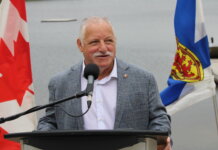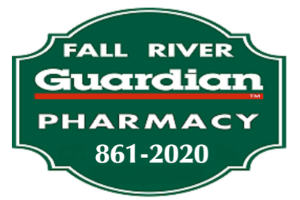HALIFAX: A new pilot program will be launched at the QEII Health Sciences Centre Halifax Infirmary site to improve patient flow and reduce the amount of time ambulances are waiting at the hospital’s emergency department.
An emergency department transition team will help get patients into the care of hospital staff quicker and assist with the flow of patients who no longer require emergency care out of the department and into hospital. This will help reduce overcrowding within the emergency department, decrease patient wait times and allow paramedics to get back on the road sooner.
“We all agree there are pressures on the system, and we are working towards improving ambulance offload times by addressing patient-flow challenges in our emergency departments,” said Health and Wellness Minister Zach Churchill. “That’s why we are investing over $3 million to pilot a dedicated emergency department transition team at the QEII, where the need is the greatest.”
An ambulance offload time refers to the amount of time from arrival at an emergency department to the transfer of the patient’s care from paramedics to emergency department staff.
In 2017, a similar transition team was created at the Dartmouth General Hospital. Evaluations by the Nova Scotia Health Authority showed the team was effective in reducing offload delays.
The emergency department offload team at the QEII Health Sciences Centre is expected to be in place by September.
Quotes:
“Overcrowding is a system-wide pressure and as such, requires a system-wide response across all programs and departments, sites and facilities in all four zones to ensure that Nova Scotians get the right care, in the right place, at the right time. In order to meet our obligations to our community, patients and workforce, Central Zone is embarking on initiatives to improve patient flow into, within and out of the hospital. The creation of an emergency department offload team at the QEII is one of these.”
– Vickie Sullivan, interim vice-president, Operations, Central Zone, Nova Scotia Health Authority
“We are very supportive of NSHA’s work to implement a transition team at the QEII Health Sciences Centre emergency department. It is one tool that will help improve patient flow and enable paramedics to transition care of their EHS patients to emergency department clinicians, and for paramedics to return to service quicker to do what they do best – providing a high-quality emergency care to Nova Scotians who need it in communities across the province.”
– Charbel Daniel, executive director, Ground Operations, Emergency Health Services
“We are hopeful this new team, along with new patient-flow measures, will mean paramedics can get out of hospital hallways and back to the people who need them. Fewer offload delays will mean paramedics are pulled from surrounding areas less often, reducing shift overruns and allowing for the breaks they deserve. We’re pleased to see our members’ concerns are being heard. We see this as a promising step and look forward to seeing further improvements to our health-care system.”
– Michael Nickerson, business manager, International Union of Operating Engineers Local 727, which represents Nova Scotia paramedics
Quick Facts:
— the QEII Health Sciences Centre is the referral centre for highly-specialized care for all of the Maritimes as well as the community hospital for the Halifax area
— the Charles V. Keating Emergency and Trauma Centre at the QEII’s Halifax Infirmary site sees about 200 patients per day; about 50 of those patients arrive by ambulance each day
— about 13 per cent of patients, or 26 per day, are admitted to inpatient care at the hospital





























